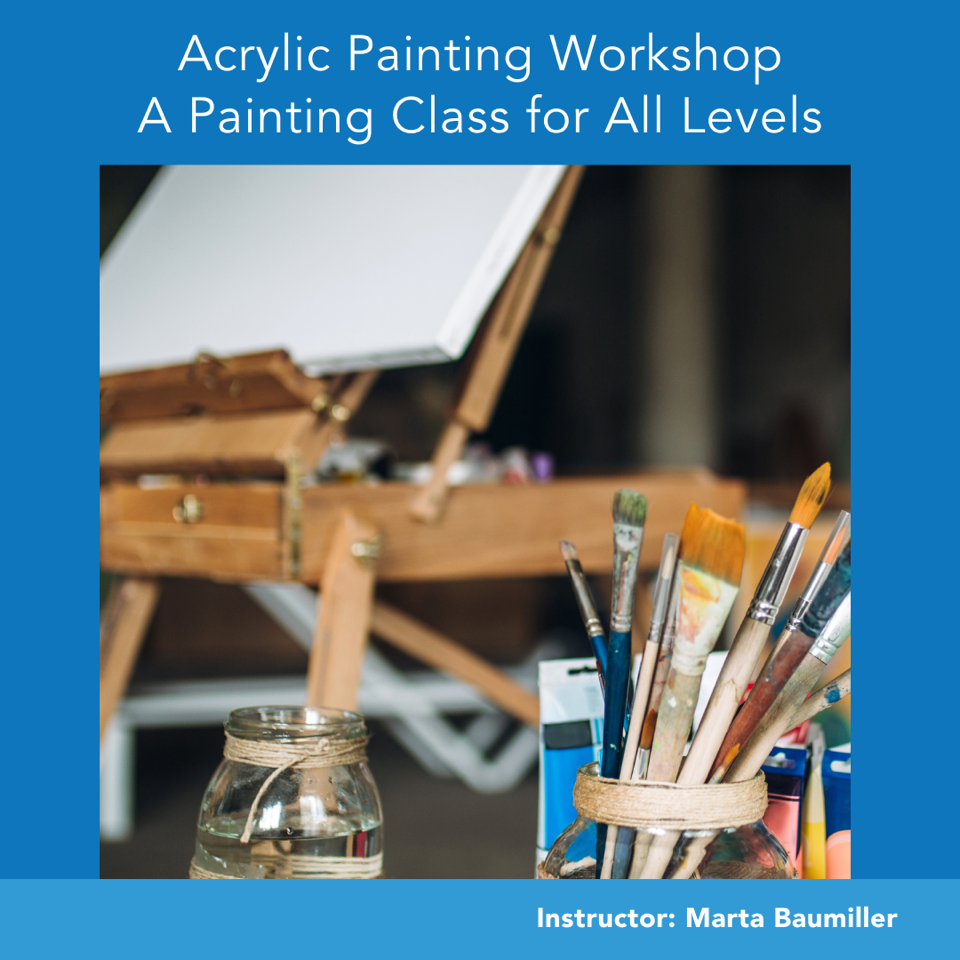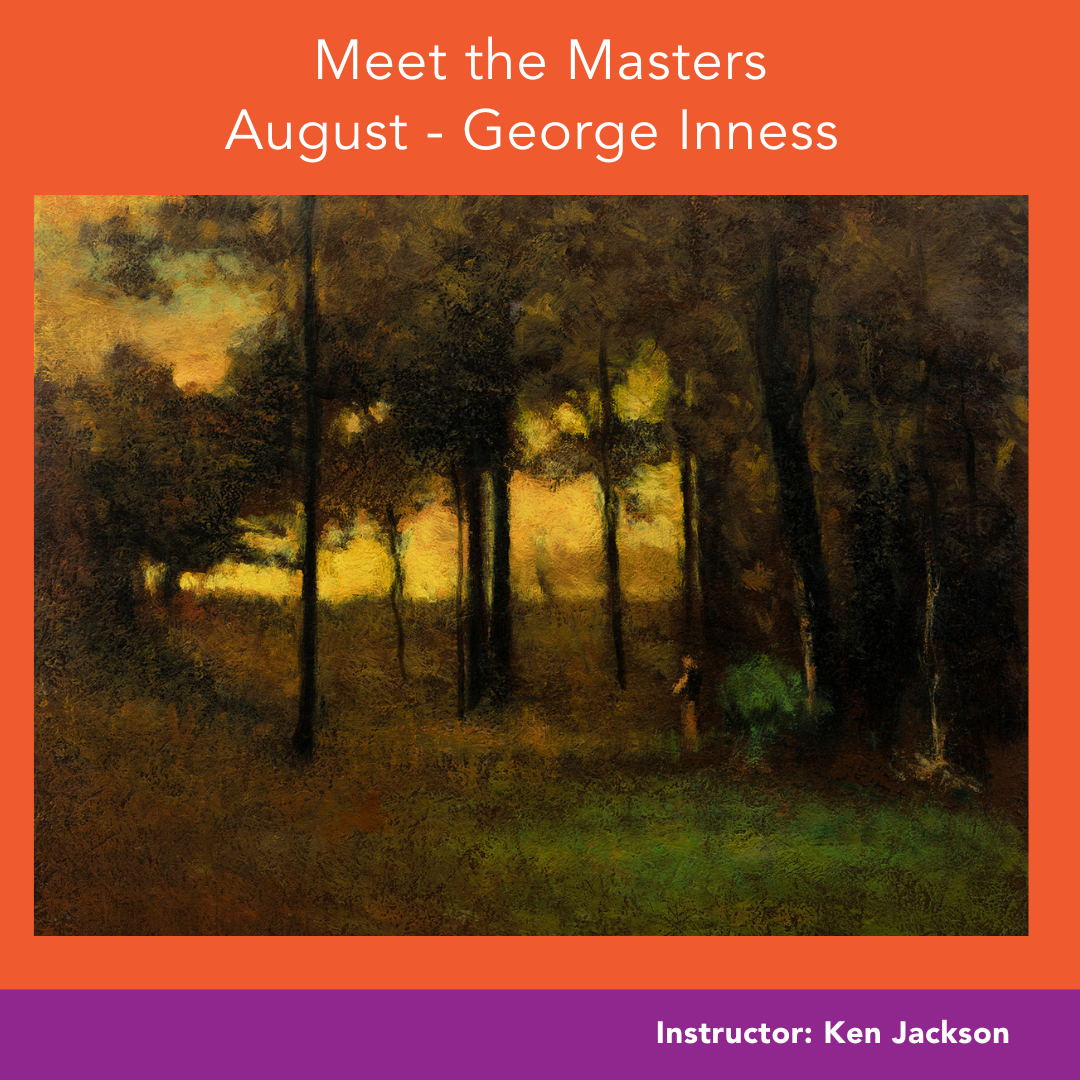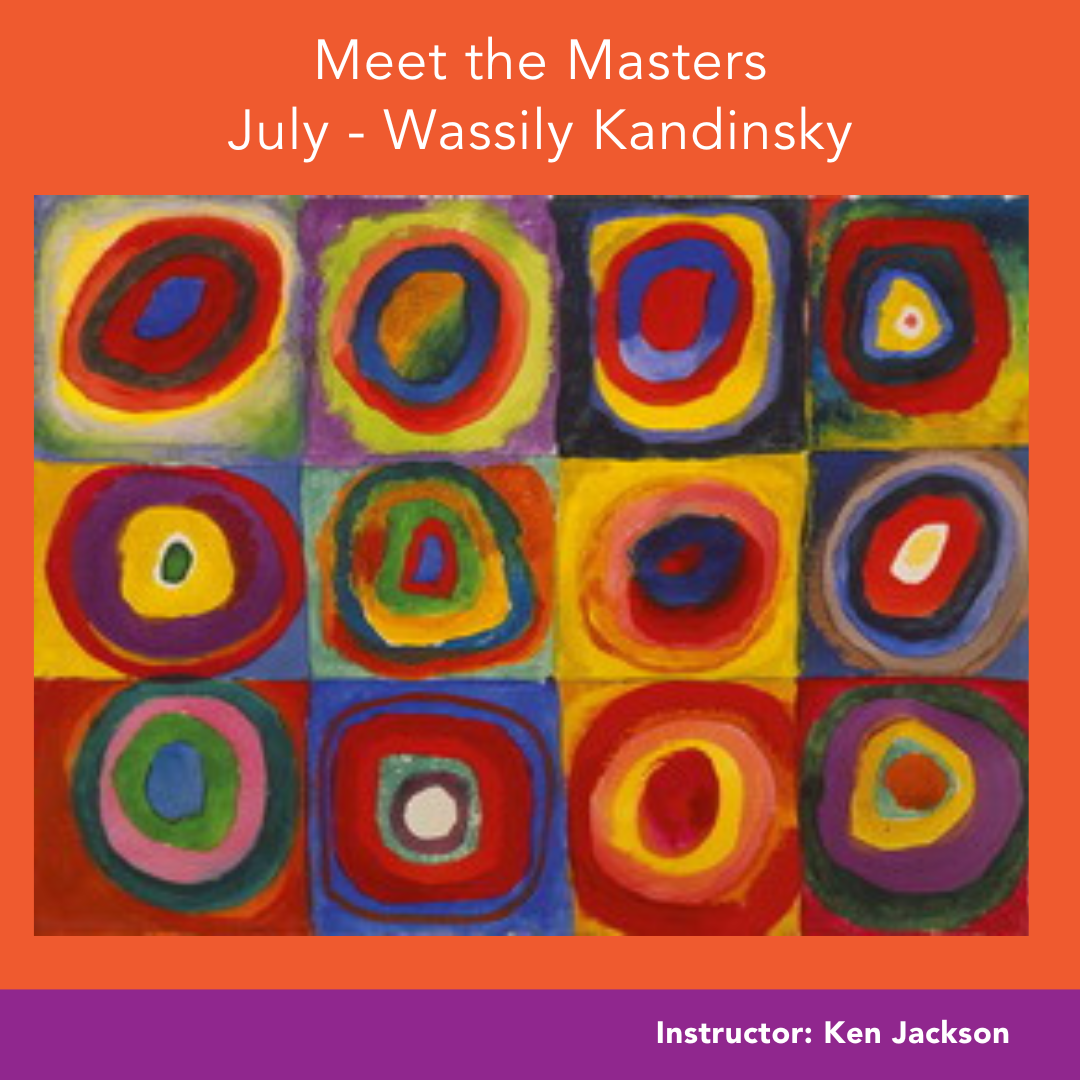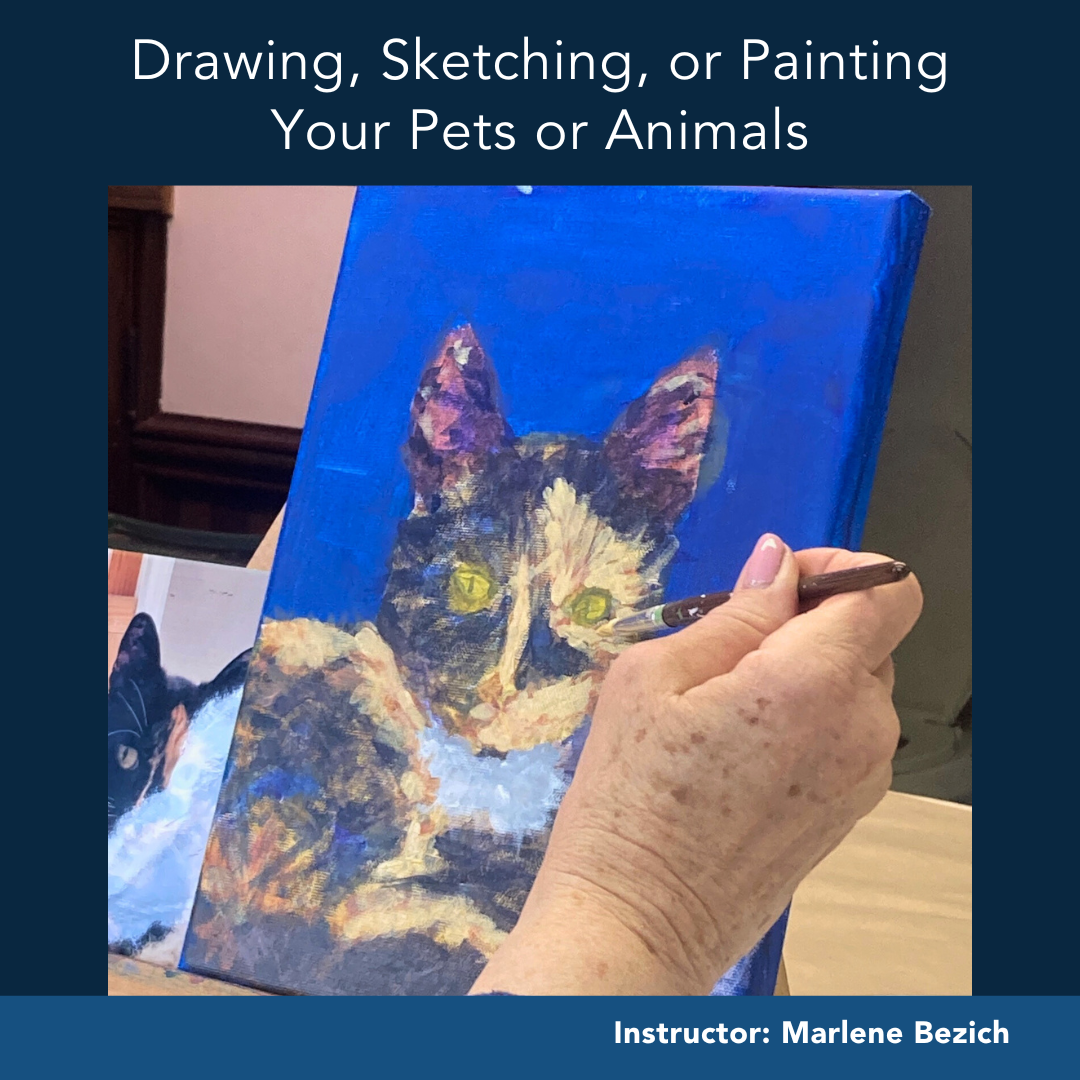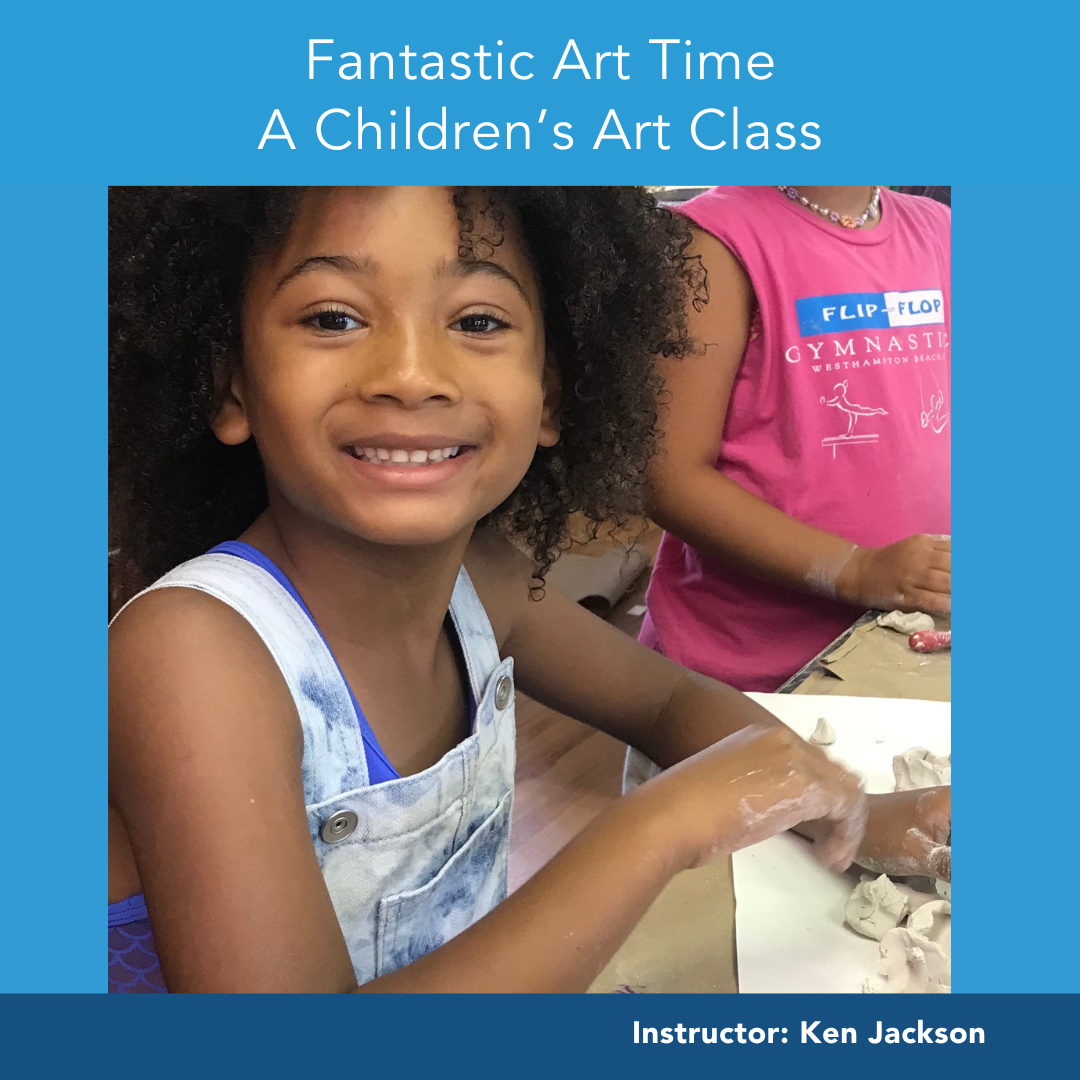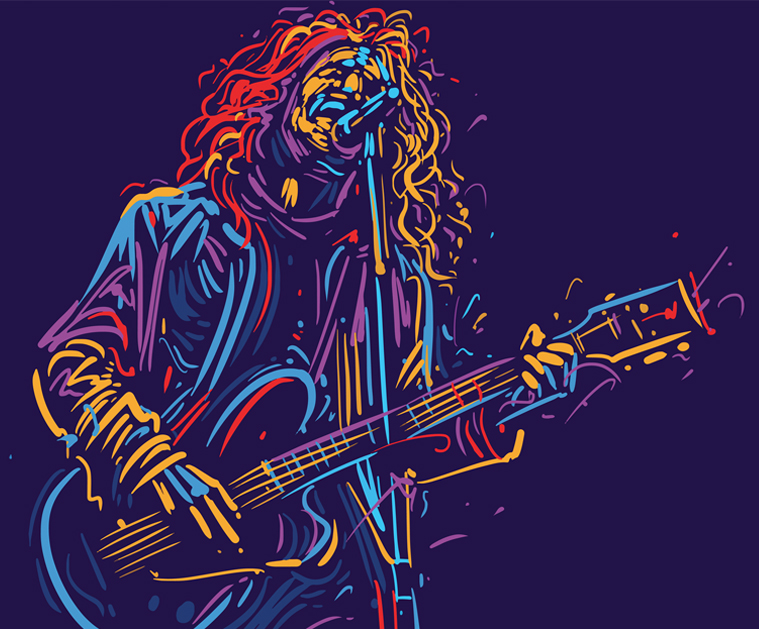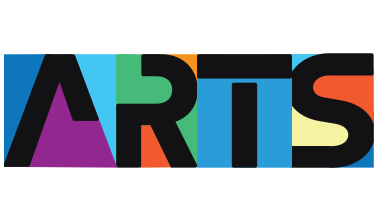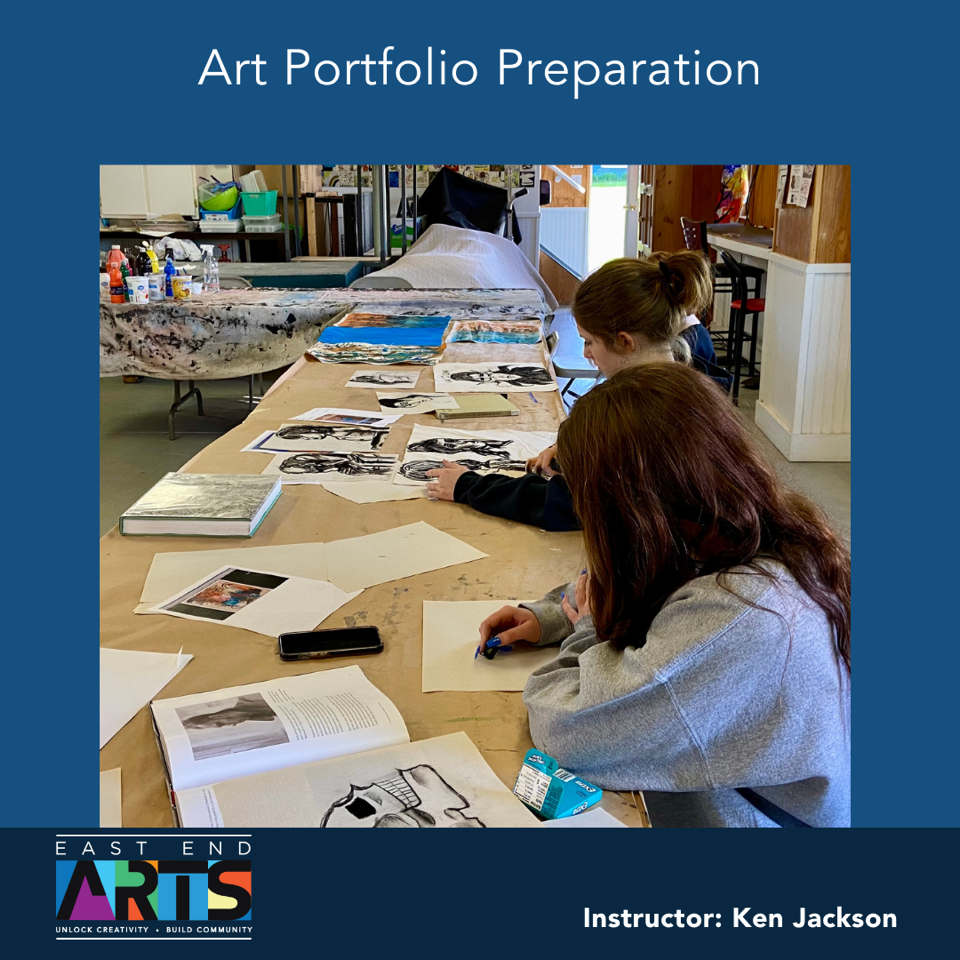
This course runs two weeks on and two weeks off, to allow you time to develop your projects. Ken will critique and direct you as you move forward. The goal is to build a body of work to create a strong portfolio.
This Art Portfolio Class is designed to help you develop a strong portfolio that will impress college admissions committees and increase your chances of getting into your dream art school. Over four comprehensive sessions, Ken will guide you through the process of creating a compelling art portfolio that showcases your talent, creativity, and unique artistic voice.
Session 1: Foundation and Focus – August 17 and 24
Session 2: Projects and Concentrations – September 14 and 21
Session 3: Portfolio Prep for Presentation – October 12 and 19
Session 4: Presentation and Getting into Your Dream College – November 9 and 16
This Art Portfolio Class, you will have a polished and well-prepared portfolio that reflects your artistic journey and demonstrates your readiness for college-level art programs. Join us on this transformative journey to turn your passion for art into a ticket to your dream college!
Each session includes two studio classes 2.5 hours each
Saturdays 2:00 pm – 4:30 pm
Cost: $600.00 for four sessions
20% Member Discount: $480.00
Single Session – $180.00
20% Member Discount: $144.00


This course runs two weeks on and two weeks off, to allow you time to develop your projects. Ken will critique and direct you as you move forward. The goal is to build a body of work to create a strong portfolio.
This Art Portfolio Class is designed to help you develop a strong portfolio that will impress college admissions committees and increase your chances of getting into your dream art school. Over four comprehensive sessions, Ken will guide you through the process of creating a compelling art portfolio that showcases your talent, creativity, and unique artistic voice.
Session 1: Foundation and Focus – August 17 and 24
Session 2: Projects and Concentrations – September 14 and 21
Session 3: Portfolio Prep for Presentation – October 12 and 19
Session 4: Presentation and Getting into Your Dream College – November 9 and 16
This Art Portfolio Class, you will have a polished and well-prepared portfolio that reflects your artistic journey and demonstrates your readiness for college-level art programs. Join us on this transformative journey to turn your passion for art into a ticket to your dream college!
Each session includes two studio classes 2.5 hours each
Saturdays 2:00 pm – 4:30 pm
Cost: $600.00 for four sessions
20% Member Discount: $480.00
Single Session – $180.00
20% Member Discount: $144.00


This course runs two weeks on and two weeks off, to allow you time to develop your projects. Ken will critique and direct you as you move forward. The goal is to build a body of work to create a strong portfolio.
This Art Portfolio Class is designed to help you develop a strong portfolio that will impress college admissions committees and increase your chances of getting into your dream art school. Over four comprehensive sessions, Ken will guide you through the process of creating a compelling art portfolio that showcases your talent, creativity, and unique artistic voice.
Session 1: Foundation and Focus – August 17 and 24
Session 2: Projects and Concentrations – September 14 and 21
Session 3: Portfolio Prep for Presentation – October 12 and 19
Session 4: Presentation and Getting into Your Dream College – November 9 and 16
This Art Portfolio Class, you will have a polished and well-prepared portfolio that reflects your artistic journey and demonstrates your readiness for college-level art programs. Join us on this transformative journey to turn your passion for art into a ticket to your dream college!
Each session includes two studio classes 2.5 hours each
Saturdays 2:00 pm – 4:30 pm
Cost: $600.00 for four sessions
20% Member Discount: $480.00
Single Session – $180.00
20% Member Discount: $144.00


This course runs two weeks on and two weeks off, to allow you time to develop your projects. Ken will critique and direct you as you move forward. The goal is to build a body of work to create a strong portfolio.
This Art Portfolio Class is designed to help you develop a strong portfolio that will impress college admissions committees and increase your chances of getting into your dream art school. Over four comprehensive sessions, Ken will guide you through the process of creating a compelling art portfolio that showcases your talent, creativity, and unique artistic voice.
Session 1: Foundation and Focus – August 17 and 24
Session 2: Projects and Concentrations – September 14 and 21
Session 3: Portfolio Prep for Presentation – October 12 and 19
Session 4: Presentation and Getting into Your Dream College – November 9 and 16
This Art Portfolio Class, you will have a polished and well-prepared portfolio that reflects your artistic journey and demonstrates your readiness for college-level art programs. Join us on this transformative journey to turn your passion for art into a ticket to your dream college!
Each session includes two studio classes 2.5 hours each
Saturdays 2:00 pm – 4:30 pm
Cost: $600.00 for four sessions
20% Member Discount: $480.00
Single Session – $180.00
20% Member Discount: $144.00


